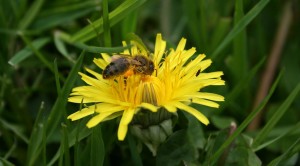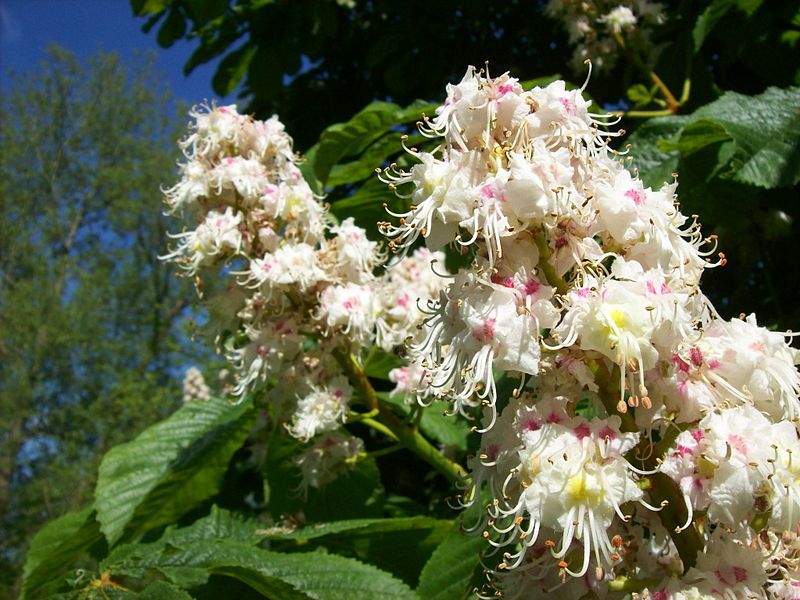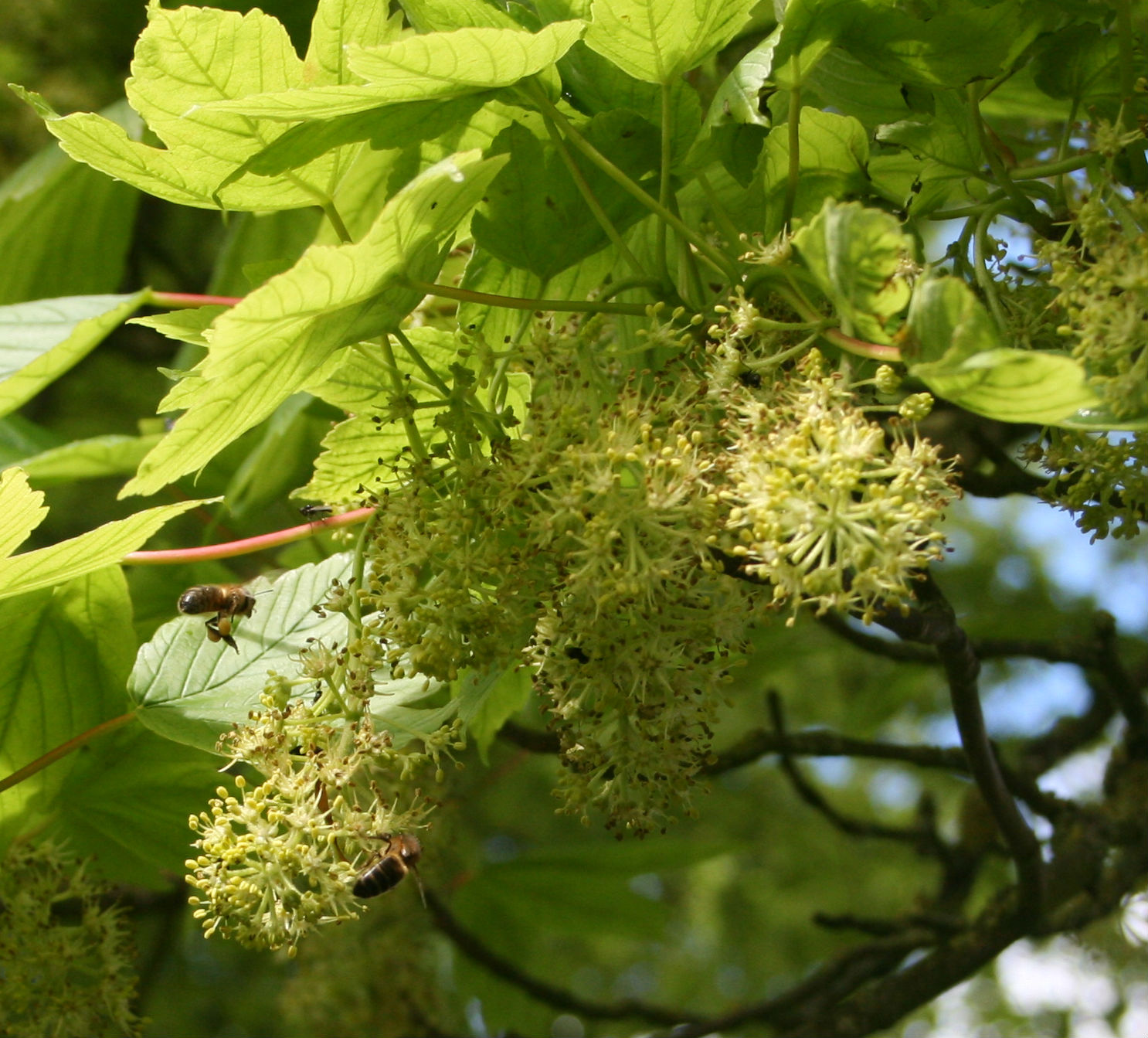Here are some flowers for the bees in May.
Irish natives are in green.
Click the table for a close up then let me know if I’ve missed any: Continue reading Bee Flowers – May
Here are some flowers for the bees in May.
Irish natives are in green.
Click the table for a close up then let me know if I’ve missed any: Continue reading Bee Flowers – May
So it’s April – here are some of the flowering plants that should be available for the bees: Continue reading Bee Flowers – April
Until today – I’ve never seen a bee on a dandelion and didn’t really believe they found them interesting but here’s the evidence they do and the pollen loads are yellow. Click photo for bigger view:

Please note – the three most important plants for bees in March are Dandelion, Gorse (aka Furze) and Willow.
Click the photos below for a bigger version and note the colours of the pollen loads.



More bee flowers for March in the table below:
Click here for Gorse Pollination
Click here for more about Dandelions
Click here for Bee Trees: Poplar
Click here for Bee Trees: Willow
Click here for February Bee Flowers
Click here for April Bee Flowers
Click here for May Bee Flowers
Click here for June Bee Flowers
Click here for July Bee Flowers
Click here for August Bee Flowers
Click here for September Bee Flowers
Click here for October Bee Flowers
Click here for November Bee Flowers
Copyright © Beespoke.info, 2016. All Rights Reserved.
Beekeepers know Ivy is a great plant for the bees but is it a tree?
It is when it’s got a great thick woody stem and a big bushy crown with flowers all over it. Continue reading Bee Trees – Ivy (Hedera helix)
Certain species of Poplar are a valuable source of propolis for honey bees. The spring catkins may be visited for pollen and the spores of a parasitic rust fungus may be an alternative protein source in times when pollen is in short supply.
Poplars are a complex, wind-pollinated, pioneer tree species and they interbreed like mad; as a result they can be difficult to identify. There are many species world wide and several native to Europe. In addition, fast growing hybrid cultivars have been bred and these are much planted for timber. There is also interest in the fast growing varieties for short rotation coppice as a biomass crop.
In Ireland only two Poplars are considered native – although other species have been introduced as ornamental trees or for timber, shelter-belt or screening. Continue reading Bee Trees – Poplar (Populus spp)
On a filthy February day like this, when the rain keeps coming down and you’re harbouring a horrible virus, spring seems a long way away. Summer even further, so lets pretend it’s July, the sun is slanting through the trees and the bees are spiralling out of their hives like little golden bullets – the limes are in bloom, there is work to do and the tree tops are buzzing…

The scientific name for Horse Chestnut is Aesculus hippocastanum but that’s a bit of a mouthful for the familiar conker tree. The common name came about for several reasons:
The Latin name Aesculus comes from a word that was originally applied to a type of oak but when Linnaeus the botanist drew up his original classification of species he gave it instead to the horse chestnut. ‘Hippo’ is Greek for horse, which also explains hippopotamus – meaning ‘river horse’. Meanwhile ‘kastanos‘ means chestnut. Continue reading Bee Trees – Horse Chestnut (Aesculus hippocastanum)
The scientific name of the hawthorn is Crataegus monogyna, Crataegus comes from a Greek word meaning ‘strong’ while monogyna means ‘one ovary’ and the resulting single stone in the fruits, or haws, is a distinguishing feature. The hawthorn has many other names including Sceach Gheal, Whitethorn or Quickthorn and May, Maybush or Mayblossom. Continue reading Bee Trees – Hawthorn (Crataegus monogyna)
Willows (Salix spp.) bloom early in the year – February or March – and are very important and popular with the bees which can be seen thudding onto the landing board bearing very large loads of powder-yellow pollen. In an exceptionally warm spring the bees may even bring in a small crop of honey but this is very rare.
They are a complex group of many species ranging from ground hugging mountain shrubs, to graceful riverside trees. Despite their diversity of form and habitat, willows are often to be found in wet, boggy places or close to water. Continue reading Bee Trees – Willow (Salix spp)
The sycamore is a valuable tree for both bees and beekeepers. Flowering quite early in the season, late April / early May it provides copious quantities of nectar and pollen whenever the weather is good enough to allow the bees to fly. The flowers hang downwards beneath the canopy where they are protected from the rain. Sycamore honey is pale gold with a greenish tinge and pollen loads are a greenish grey. Click photo below for a close-up.
Or click here for more pollen load photos
Click here for seasonal Forage Guide

Otherwise, its rude health, profligate rate of reproduction and non-native status mean the sycamore tends to be scorned as a weed tree species and ecological disaster area. Continue reading Bee Trees – Sycamore (Acer pseudoplatanus)